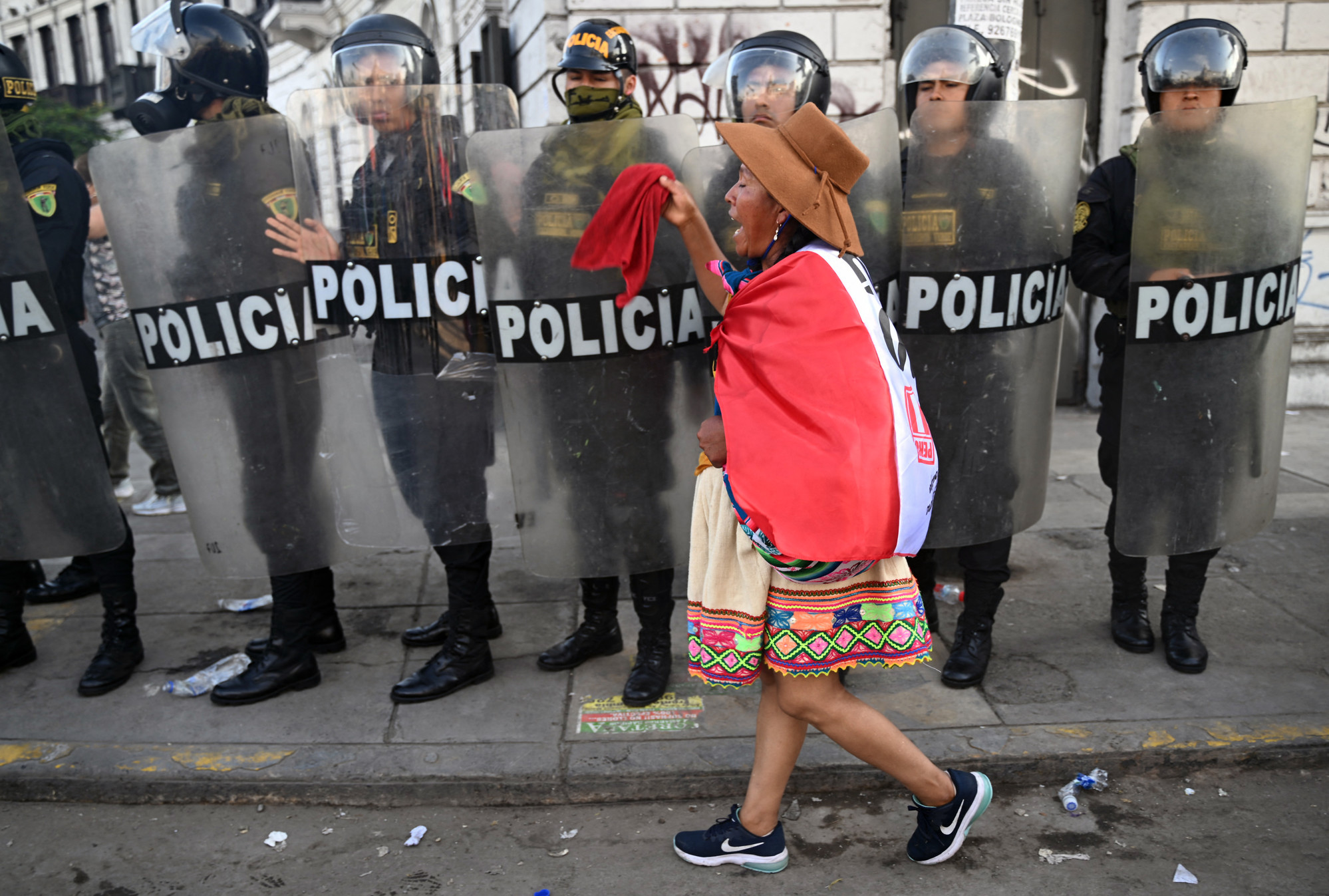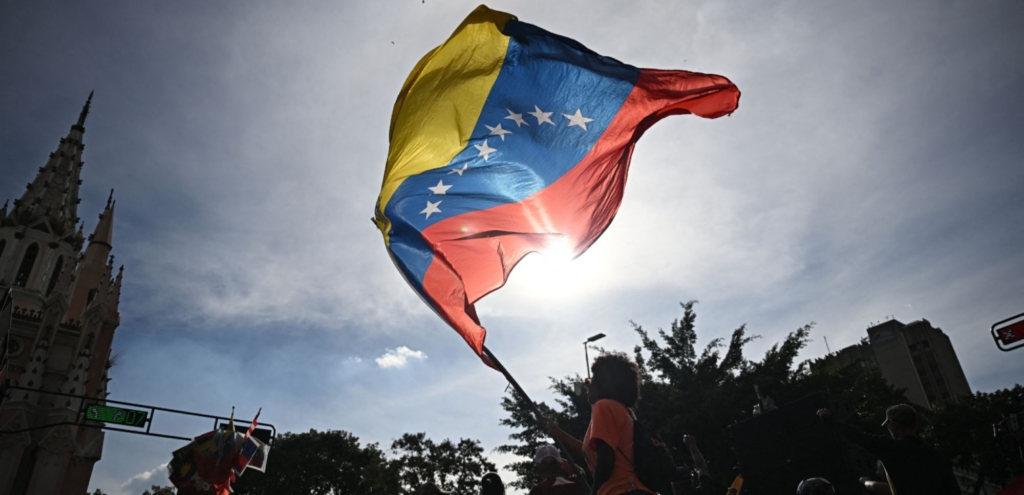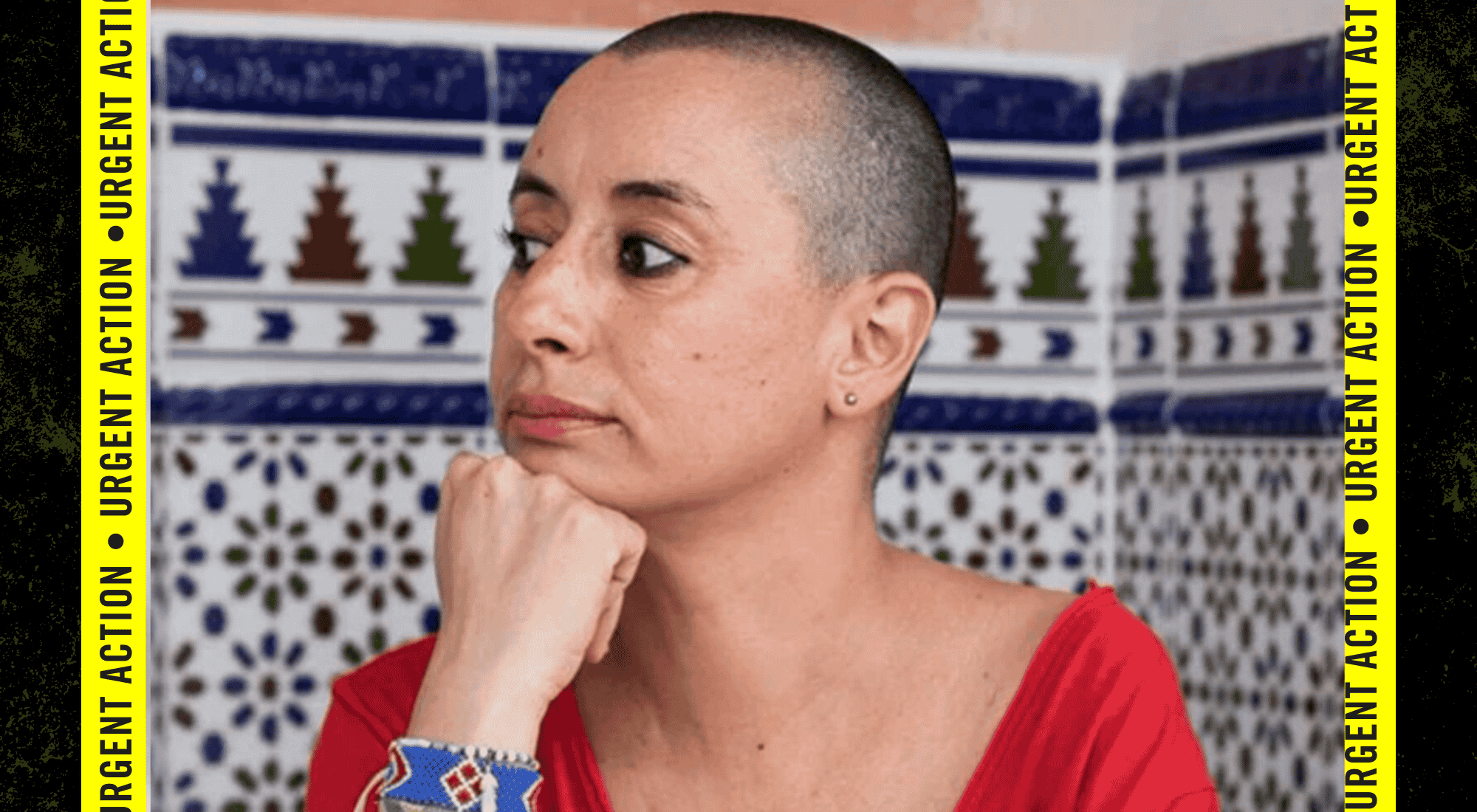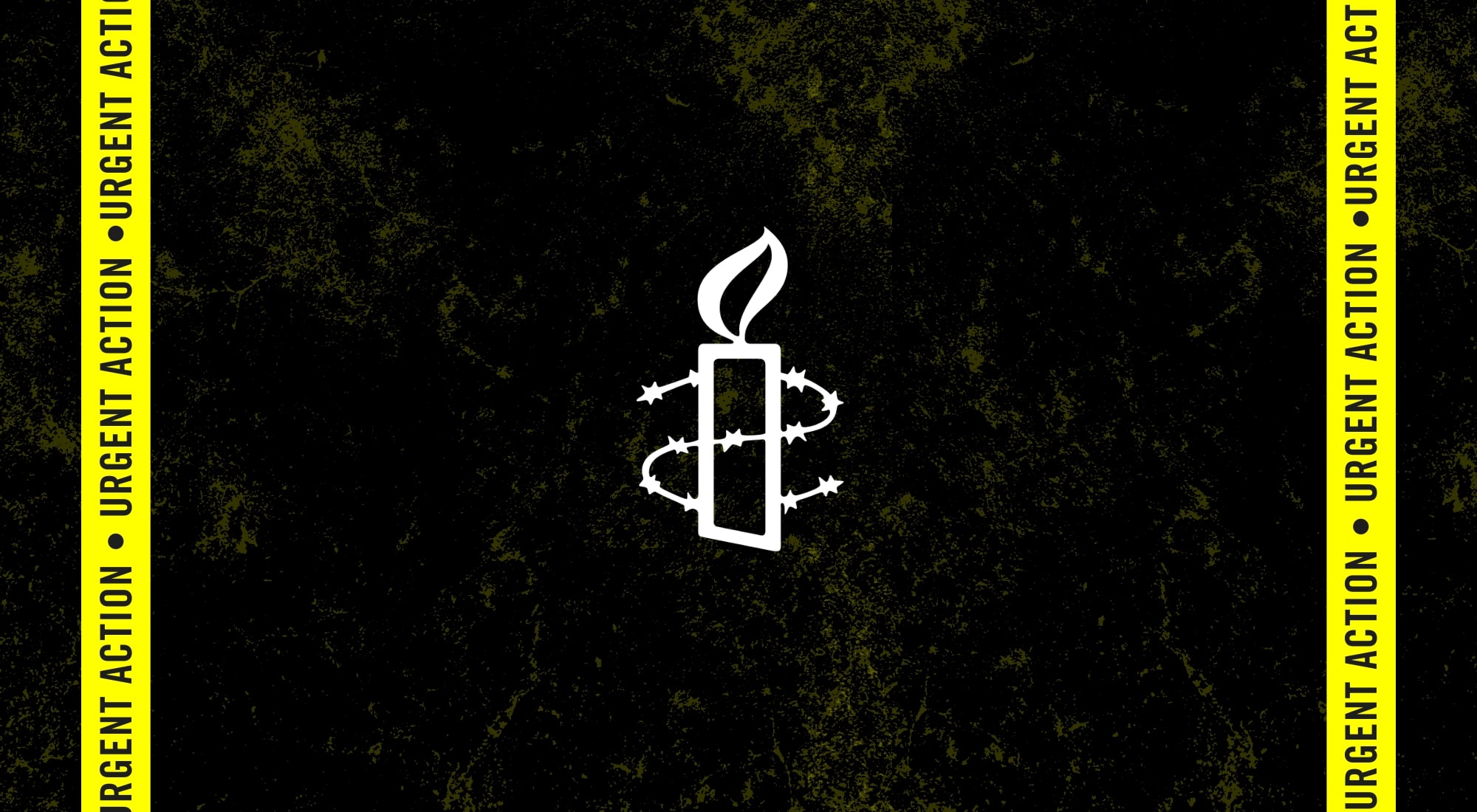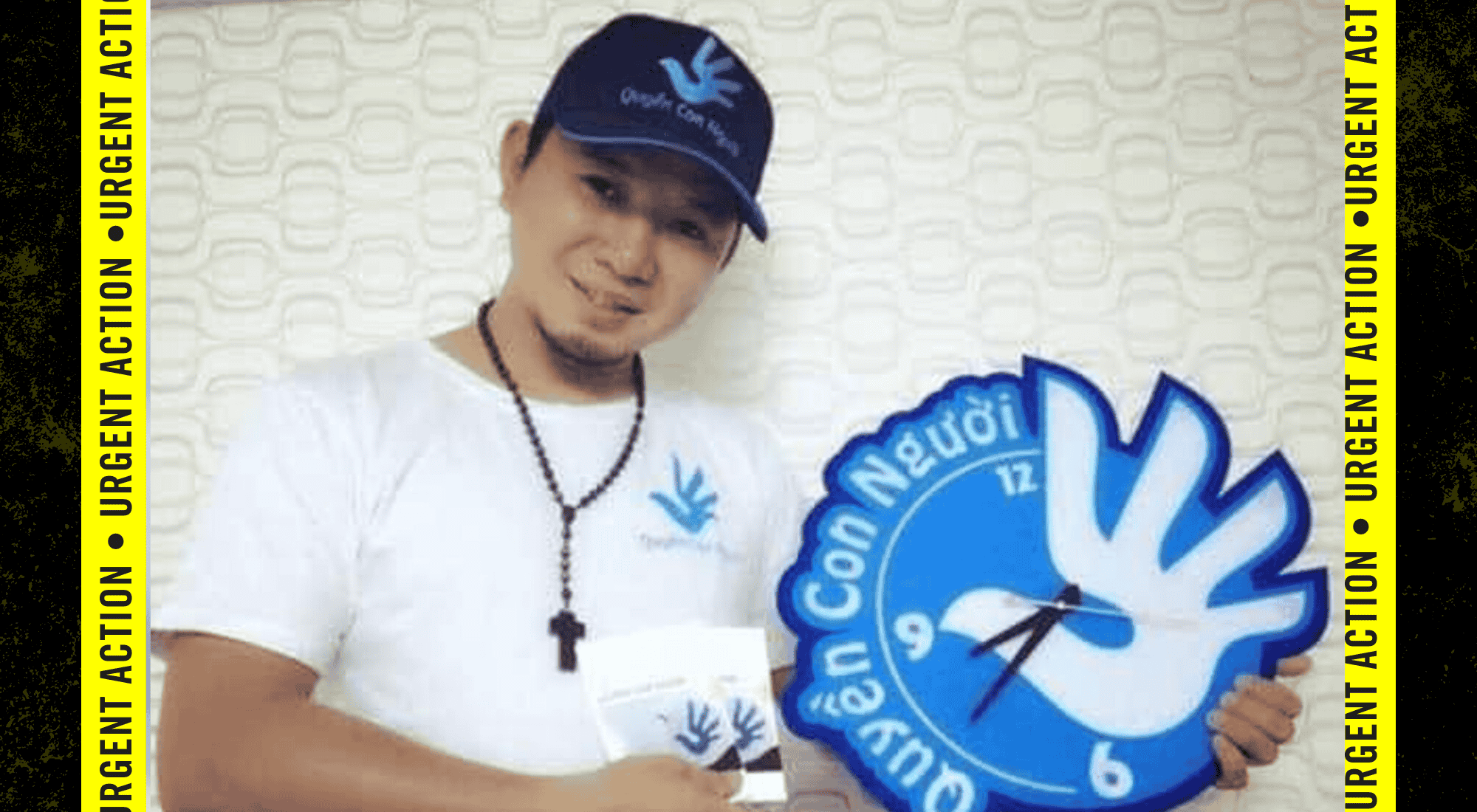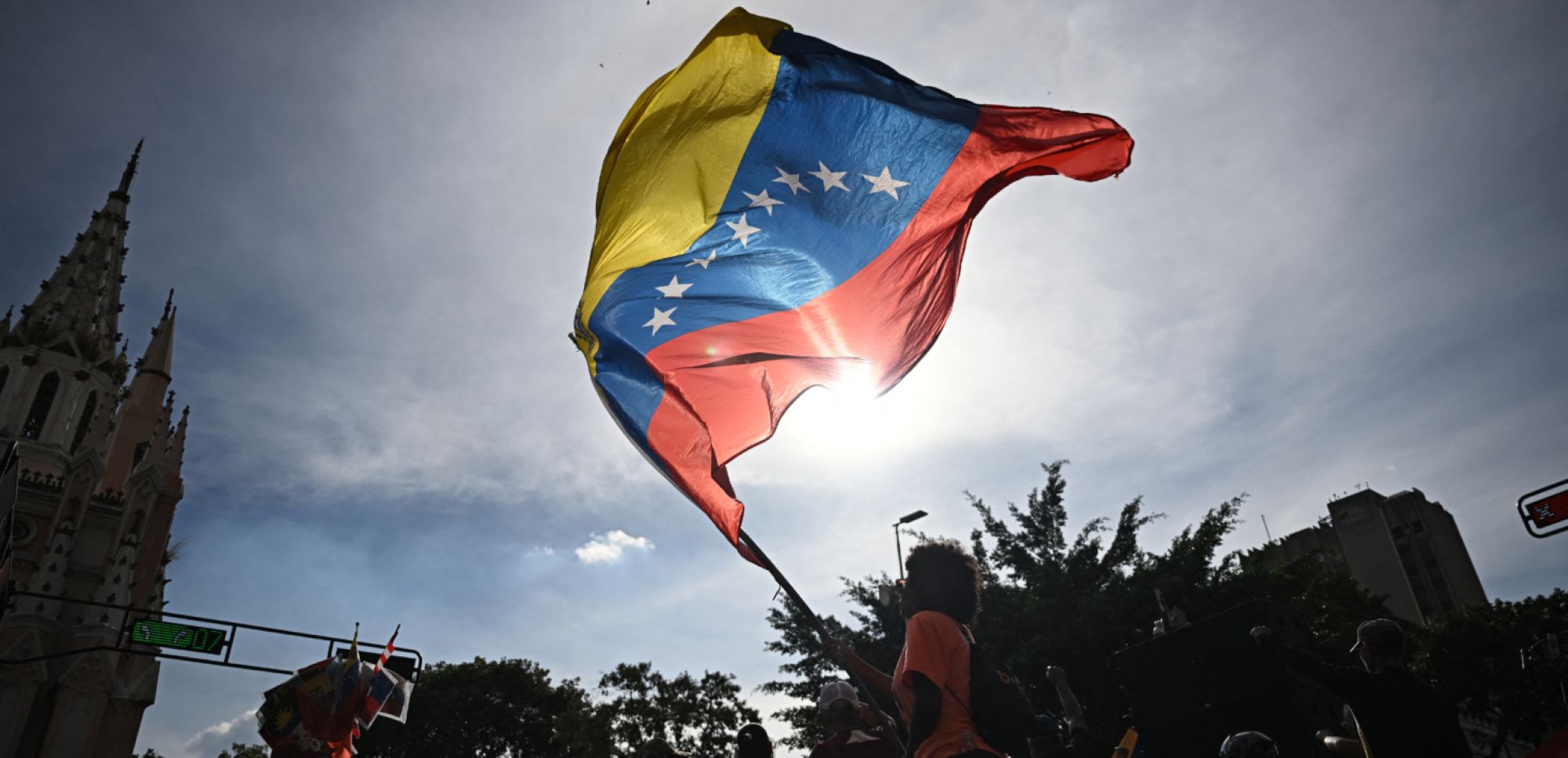Eighteen months after one of the gravest episodes of widespread human rights violations in Peru’s recent history, in which 50 people and one policeman were killed and over 1,400 injured during protests between December 2022 and March 2023, key evidence pointing to the possible criminal responsibility of President Dina Boluarte may prove vital in investigations underway, said Amnesty International in a new report published today.
The report, Who Called the Shots? Chain of Command Responsibility for Killings and Injuries in Protests in Peru, details key decisions made by the president as commander-in-chief of Peru’s armed forces and police that merit prosecutors evaluating her individual criminal responsibility in their ongoing investigations.
“Peru’s president, ministers, police and army commanders made decisions that ultimately had lethal consequences. Hundreds of victims and survivors are waiting for answers about what top-ranking officials knew, or should have known, and what they failed to do to stop the killings,” said Ana Piquer, Americas director at Amnesty International.
Peru President Dina Boluarte promoted police, military officials who had overseen attacks
Although President Boluarte denied under oath to prosecutors that she had direct contact with commanders and downplayed her role in the state repression, the report shows that, over the three months that protests took place around the country, she met several times with the heads of the armed forces and the police, giving her multiple opportunities to condemn the widespread unlawful use of force and order a change of tactics on the ground. Yet, instead of using her frequent meetings with ministers, police and military commanders to this end, she continued publicly praising the security forces while vilifying protestors as “terrorists” and “criminals,” without providing evidence to that effect. In addition, rather than calling her subordinates to account, she took the decision to promote key officials to higher positions, even though they had directly overseen police and military operations that resulted in multiple deaths.
- Related: Canada must stop arms exports to Peru amid deadly repression of protests
- Related: Senior officials in Peru should be investigated over lethal repression of widespread protests
In the case of the Peruvian National Police (PNP), police commanders signed operational plans which labelled protestors as “terrorists,” sent in heavily armed elite special forces tasked with confronting them, permitted lethal force, and repeated these same orders for months, despite multiple killings. Moreover, the PNP was unable to provide Amnesty International with details of any disciplinary action against the officers involved, having archived at least 18 disciplinary investigations opened against police officers. After overseeing and signing all the operational plans that had lethal consequences during the protests, President Boluarte promoted the police official responsible for these plans to become the PNP’s top-ranking commander.
Police plans directed officers to ‘remove human obstacles’
Amnesty International obtained the PNP’s internal operational plans and found that besides maintaining public order while streets and public facilities were blocked by protestors, police were given vague and wide-ranging orders such as “removing human obstacles.” To this end, police were armed with assault rifles and the plans permitted units with such lethal weapons to fire on the orders of an operational chief. This permissive framework for lethal force violated both Peruvian law and international human rights law, which outline that firearms are inappropriate for crowd control. The operational plans also made it clear that superiors in the chain of command were constantly informed and aware of what was going on.
Police operations proved fatal from the very first days of their deployment in the protests. In Andahuaylas, on 12 December 2022, special police forces fired lethal ammunition from a rooftop towards a hillside where dozens of people were watching a skirmish between police and protestors some 200 metres below. The officers shot dead two young men on the hillside and wounded several others. Amnesty International found that the commanders in charge of the operation were stationed just two blocks away from where this took place.
Despite the deployment of special forces units to Andahuaylas having proven fatal, superiors in the chain of command continued the same tactics for months, failing to stop their subordinates’ excessive, disproportionate, and unnecessary use of force. A month after the first deaths in Andahuaylas, senior PNP commanders decided to deploy the very same chiefs of special forces to oversee operations at the airport in Juliaca where protests took place on 9 January 2023. Eighteen people were killed in Juliaca that day and over 100 wounded.
This operation went ahead despite multiple international human rights organisms having already condemned the actions of Peruvian security forces by then. The army had also already been deployed in an operation in a different city, weeks earlier, at Ayacucho airport, which left 10 people dead in just one day. Nonetheless, senior PNP commanders still decided to involve the army again in the joint military-police operation at the Juliaca airport.
Amnesty International also analyzed the chain of command and operational plans relating to the deployment of the military in Ayacucho. Army commanders classified protestors as “hostile groups,” prompting a combative response from soldiers in the operation on 15 December 2022 which resulted in 10 deaths and dozens of people wounded. Records that Amnesty International obtained show that soldiers fired at least 1,200 rounds that day – in response to “verbal orders” from superiors.
In Ayacucho, the shooting against unarmed protestors and bystanders continued for seven hours on 15 December 2022, despite personal phone calls from the human rights ombudsperson to the head of the armed forces and the Minister of Defense calling for a ceasefire.
‘Peru cannot let these grave human rights violations go unpunished. Many of the victims come from Indigenous and campesino communities whose voices have been historically ignored.’
Marina Navarro, Executive Director, Amnesty International Peru
Although there was ample evidence that the army’s actions had been excessive, grossly disproportionate and unnecessary, President Dina Boluarte said their actions had been lawful in a press conference two days after the lethal operation in Ayacucho. Four days later, she promoted the Minister of Defense to be the head of her entire cabinet. In the months following the operations in Ayacucho, the army only took internal disciplinary action against eight soldiers for “minor misdemeanours,” despite ample evidence that soldiers had fired rifles at unarmed protestors, who in many cases were running away from them or stopping to help wounded bystanders.
The president’s cabinet ministers also failed to take measures to hold relevant individuals in the security forces accountable. The ministry of the Interior responded to a freedom of information request from Amnesty International confirming that no disciplinary action had been taken against the general in charge of police operations during social protests. The organization also obtained the letters sent from the minister to the general commander of the police regarding protests in January 2023, all of which failed to mention the 18 people killed in Juliaca during police operations.
Criminal probes into repression advancing slowly
Eighteen months on, criminal investigations into human rights violations committed during the protests are slowly advancing. Despite calling in the president and ministers for questioning on several occasions, according to the available information, prosecutors appear to have carried out shallow investigations thus far: simply going through the formalities without getting to the heart of the facts including the possible individual criminal responsibility of the president as commander-in-chief of the police and armed forces.
Prosecutors have made some progress in identifying several police and military officers as suspects in criminal proceedings, yet they continue to overlook key officials in the chain of command, especially specific senior commanders of the PNP, which Amnesty International highlights in its report.
“Peru cannot let these grave human rights violations go unpunished. Many of the victims come from Indigenous and campesino communities whose voices have been historically ignored. Those responsible for the pain of hundreds of people who have lost loved ones or are gravely injured, must face justice, no matter how high-ranking they are,” said Marina Navarro, executive director of Amnesty International Peru.
Header photo credit: Ernesto Benavides/AFP via Getty Images












